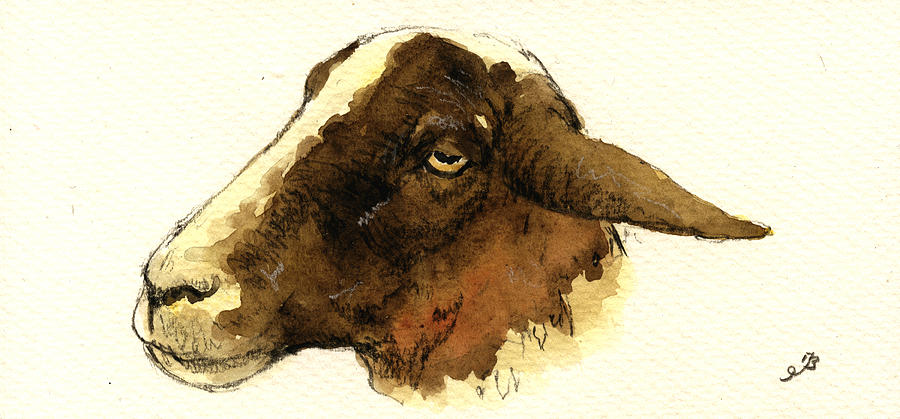

Sheep husbandry spread quickly in Europe. Archaeological evidence from statuary found at sites in Iran suggests that selection for woolly sheep may have begun around 6000 BC, and the earliest woven wool garments have been dated to two to three thousand years later. Initially, sheep were kept solely for meat, milk and skins. The rearing of sheep for secondary products, and the resulting breed development, began in either southwest Asia or western Europe. Sheep were among the first animals to be domesticated by humankind (although the domestication of dogs probably took place 10 to 20 thousand years earlier) the domestication date is estimated to fall between 11,000 and 9,000 B.C in Mesopotamia and possibly around 7,000 B.C. gmelini) species of mouflon the European mouflon ( Ovis aries musimon) is a direct descendant of this population. The most common hypothesis states that Ovis aries is descended from the Asiatic ( O. The exact line of descent from wild ancestors to domestic sheep is unclear. In both ancient and modern religious ritual, sheep are used as sacrificial animals.

Sheep figure in many mythologies-such as the Golden Fleece-and major religions, especially the Abrahamic traditions. As livestock, sheep are most often associated with pastoral, Arcadian imagery. Many other specific terms for the various life stages of sheep exist, generally related to lambing, shearing, and age.īeing a key animal in the history of farming, sheep have a deeply entrenched place in human culture, and find representation in much modern language and symbology. Use of the word sheep began in Middle English as a derivation of the Old English word scēap it is both the singular and plural name for the animal. There is a large lexicon of unique terms for sheep husbandry which vary considerably by region and dialect. In the modern era, Australia, New Zealand, the southern and central South American nations, and the British Isles are most closely associated with sheep production. Sheep husbandry is practised throughout the majority of the inhabited world, and has been fundamental to many civilizations. Sheep continue to be important for wool and meat today, and are also occasionally raised for pelts, as dairy animals, or as model organisms for science. In Commonwealth countries, ovine meat is called lamb when from younger animals and mutton when from older ones in the United States, meat from both older and younger animals is usually called lamb. A sheep's wool is the most widely used animal fiber, and is usually harvested by shearing. One of the earliest animals to be domesticated for agricultural purposes, sheep are raised for fleeces, meat (lamb, hogget or mutton) and milk. Sheep are most likely descended from the wild mouflon of Europe and Asia, with Iran being a geographic envelope of the domestication center. An adult female is referred to as a ewe ( / j uː/), an intact male as a ram, occasionally a tup, a castrated male as a wether, and a young sheep as a lamb. Numbering a little over one billion, domestic sheep are also the most numerous species of sheep. Like all ruminants, sheep are members of the order Artiodactyla, the even-toed ungulates. Although the term sheep can apply to other species in the genus Ovis, in everyday usage it almost always refers to Ovis aries.

DARK SHEEP HEAD ART HOW TO
COVID-19 Portal While this global health crisis continues to evolve, it can be useful to look to past pandemics to better understand how to respond today.Student Portal Britannica is the ultimate student resource for key school subjects like history, government, literature, and more.From tech to household and wellness products. Britannica Explains In these videos, Britannica explains a variety of topics and answers frequently asked questions.This Time in History In these videos, find out what happened this month (or any month!) in history.#WTFact Videos In #WTFact Britannica shares some of the most bizarre facts we can find.Demystified Videos In Demystified, Britannica has all the answers to your burning questions.Britannica Classics Check out these retro videos from Encyclopedia Britannica’s archives.


 0 kommentar(er)
0 kommentar(er)
